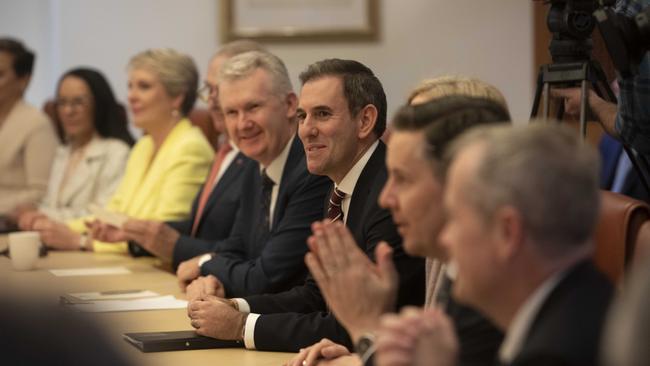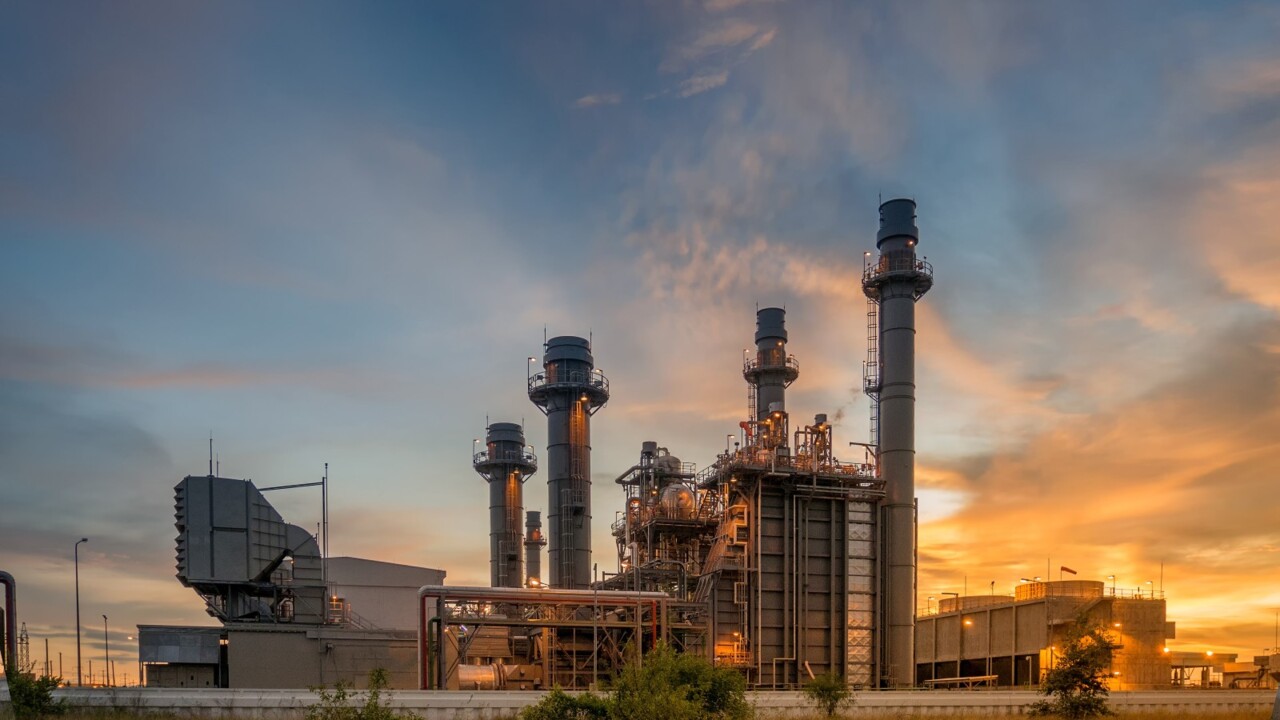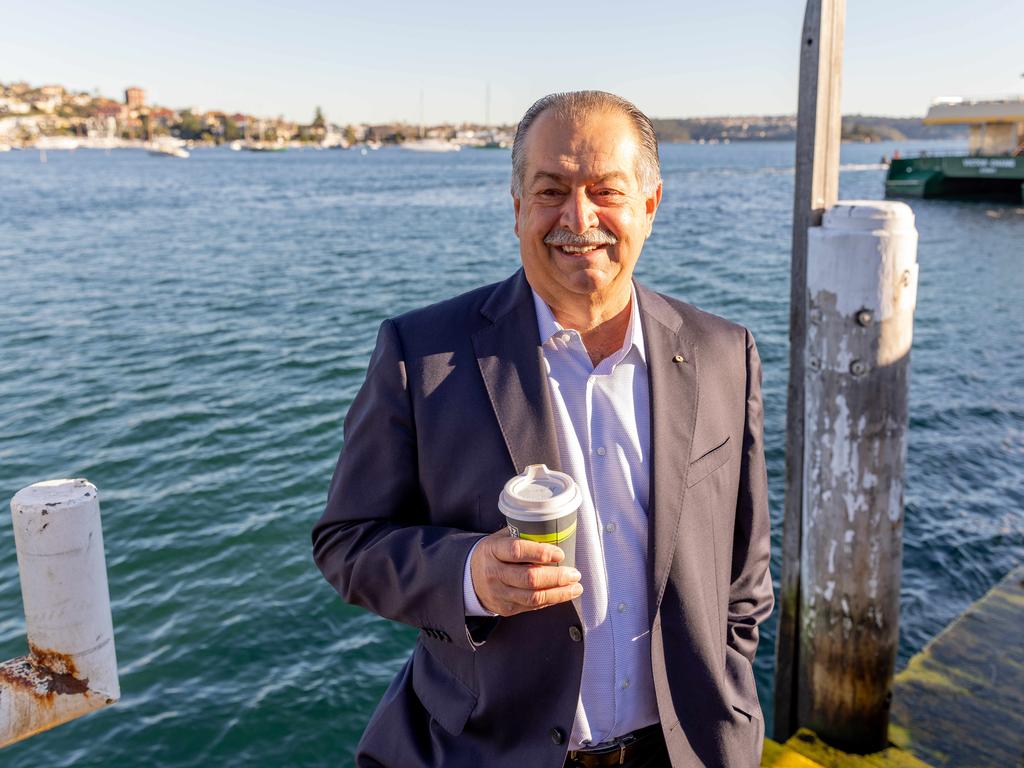Gas price spike to fire up inflation, interest rates
The unprecedented spike in gas prices could push headline inflation beyond 6 per cent, requiring a swifter and larger interest-rate response.

The unprecedented spike in gas prices could push headline inflation beyond 6 per cent and ignite higher inflationary expectations, requiring a swifter and larger interest-rate response from the Reserve Bank.
The central bank’s board meets on Tuesday to determine its cash rate target, now 0.35 per cent, as it confronts broadening inflationary pressures from rising energy costs and wages.
Deutsche Bank estimates the surge in wholesale gas and electricity prices will directly add about half a percentage point to the headline consumer price index by the end of the year, which the RBA has forecast to be 5.9 per cent. The central bank’s inflation target band is 2 to 3 per cent.
Jim Chalmers, who will update parliament in July about the economic outlook, said Treasury’s inflation forecast would be “significantly higher” than the current 5.1 per cent CPI rate.
The Albanese government is under increasing pressure from industry, unions and households to outline its immediate response to the power crisis, amid fears gas shortages and high prices could lead to business failures and job losses.
Financial market economists are expecting a lift in the cash rate of between 25 and 40 basis points, as the RBA follows up a 25-basis-point rise in May, the first official rate hike since November 2010.
The spurt in energy prices may be temporary, but observers believe there’s a risk community psychology on inflation will shift, which will feed into higher pay demands and spending decisions.
Westpac chief economist Bill Evans told The Australian the threat of rising inflationary expectations “is the greatest issue for central banks”.
Mr Evans said the latest reading from the Melbourne Institute showed the inflationary expectations of trade unions had lifted from 3.2 per cent to 4.3 per cent over the past three months and were up from just 1.5 per cent a year ago.

Tuesday is also the deadline for final submissions to the Fair Work Commission’s annual wage review, with the Albanese government supporting a rise in the national minimum wage in line with inflation.
Mr Evans believes a 40-basis-point hike to 0.75 per cent is warranted to fully unwind “an extreme emergency policy stance” executed in 2020 because of the Covid-19 crisis.
“That is why I think they need a decisive move on Tuesday – to emphasise to agents that they are determined to contain inflation and inflationary expectations,” he said.
“It might be OK for central banks to assume ‘transitory’ but if these developments get embedded in expectations then the job of achieving the objective in 2023 of bringing inflation back into the band … when growth slows markedly, as surely it will, becomes much more difficult”.
Global energy prices have skyrocketed over the past year, pushed on by Russia’s war on Ukraine and pandemic-related supply disruptions.
Across the 33-member OECD, runaway inflation of 9.2 per cent in the year to April has been sparked by a 32.5 per cent surge in energy costs and an 11.5 per cent jump in food prices.
According to the Australian Bureau of Statistics, the price of gas and other household fuels rose by 6.3 per cent in the March quarter, the largest rise since September 2012.
Over the course of the pandemic, electricity prices have fallen by 8 per cent across Australia.
Last week, wholesale gas prices on Australia’s Short Term Trading Market reached their price threshold of $40/GJ, which is an administered price that is triggered if the underlying market price exceeds that level.
Deutsche estimates that if wholesale spot prices are sustained at their current level for the remainder of this month, it will lift retail electricity price inflation to around 20 per cent by the end of the year. Electricity carries a weight of around 2.5 per cent in the CPI basket.
“Indirect impacts will add a bit more to the CPI as costs of production impact a wide variety of goods and services in the basket, and the indirect impact of gas may be more influential here, given its broad use in industry,” Deutsche’s chief economist for Australia Phil O’Donaghoe said.

“But the total impact will also depend on how long elevated wholesale prices persist, and whether state or federal governments take steps to offset the retail impact.”
The RBA has signalled it will keep raising its cash rate over coming months but there is considerable difference in market opinions about how fast and high it will go in the current hiking cycle.
Westpac is forecasting a cash rate peak of 2.25 per cent by this time next year.
ANZ Bank economists believe that after Wednesday’s national accounts, clear evidence of stronger consumer inflation and wage pressures will lead to a 40-basis-point rise “to lean more strongly against the broadening of inflation pressures”.
“We can’t rule out the RBA sticking with a cautious approach and tightening by 25 basis points, but with policy still exceptionally stimulatory we think a bigger move of 40 basis points is more likely,” ANZ economists said.
Commonwealth Bank, the nation’s largest home lender, expects the RBA to increase the cash rate by a “business as usual” 25 basis points, with the change of government a factor in the “optics” against a larger rise.
CBA head of Australian economics Gareth Aird sees a shallow tightening cycle, with a cash rate target of 1.6 per cent by early next year.
“The monthly pace of home price falls will accelerate from here,” Mr Aird said.
“Whilst the RBA does not target dwelling prices, they are very much aware of the nexus between house prices, sentiment, spending and financial stability.
“Pushing rates too high too quickly runs the risk of home prices correcting sharply lower in the near term, which would have a ripple effect through the economy.
“A much preferable outcome is for home prices to adjust lower in an orderly manner, which would be less problematic for the broader economy.”
On Friday, the ABS reported housing lending fell sharply in April, with the value of loans to owner-occupiers dropping by 7.3 per cent and by 4.8 per cent for investors, the largest monthly falls since May 2020.
Despite the decreases, the ABS said the value of lending in April remained well above pre-pandemic levels. The value of new owner-occupier loan commitments was 44 per cent higher than February 2020, while the value of investor commitments was 113 per cent higher.
More Coverage








To join the conversation, please log in. Don't have an account? Register
Join the conversation, you are commenting as Logout